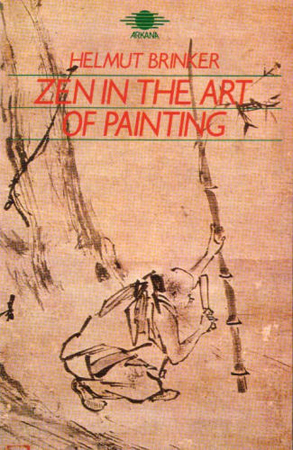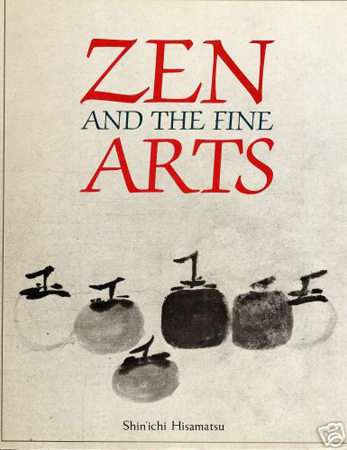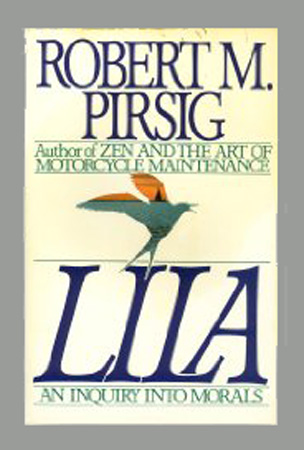The Assimilation of Asian Aesthetics in American Art
This movie is based on the ideas from two books:

The first is Zen in the Art of Painting (1988) by Helmut Brinker
who discusses the seven zen aesthetics as originally examined in
Zen and the Fine Arts (1974) by Shin'ichi Hisamatsu.

The second book is Lila (1991) where Robert Pirsig discusses
how Euro-Americans assimilated the spirituality of Native Americans.

Robert Pirsig is best known for his Zen and the Art Of Motorcycle Maintenance (1974).

Click here for other sources...
QUESTIONS FOR DAVE1. Pollock, DeKooning, and Kline adopted 5 of the 7 zen aesthetics, declining the impersonal and the serene for their opposites: the personal and the dramatic. By 1975, Paul Jenkins had integrated all 7 aesthetics into his large canvases.
2. The movie states that the conquered become the spiritual leaders of the conqueror. If this is true, (i.e., YOU ARE WHAT YOU EAT), then...
|